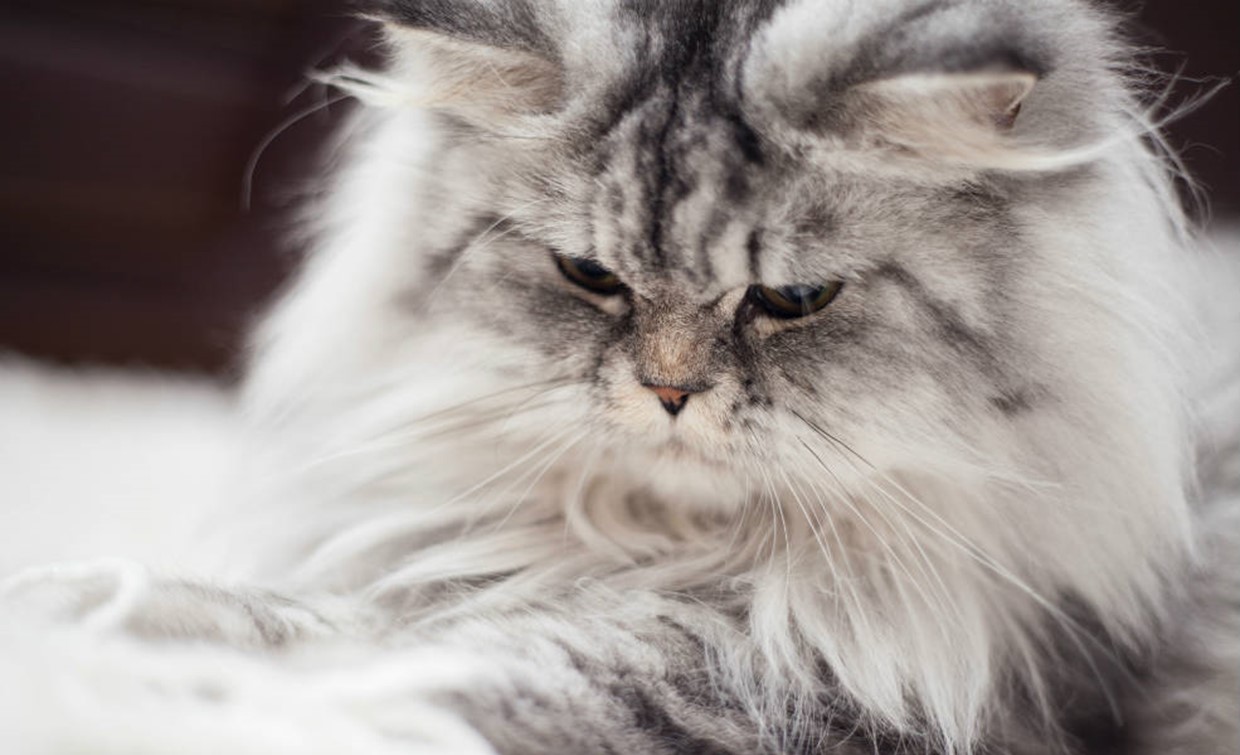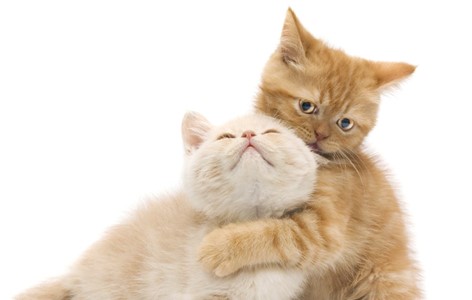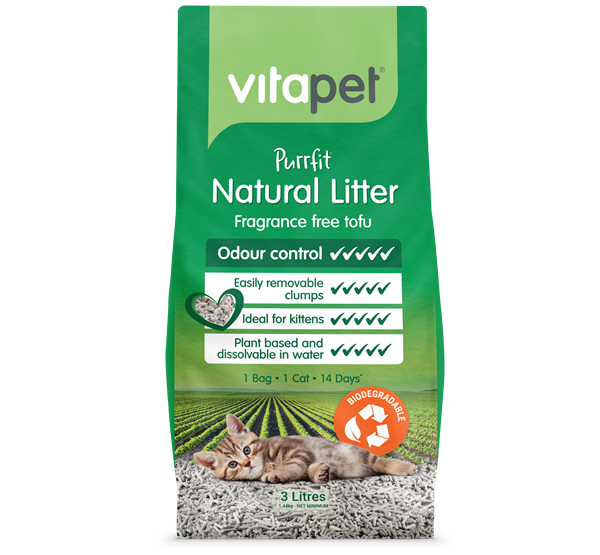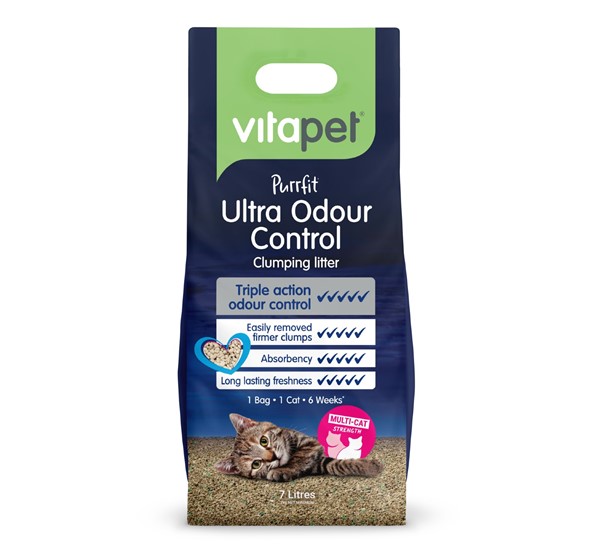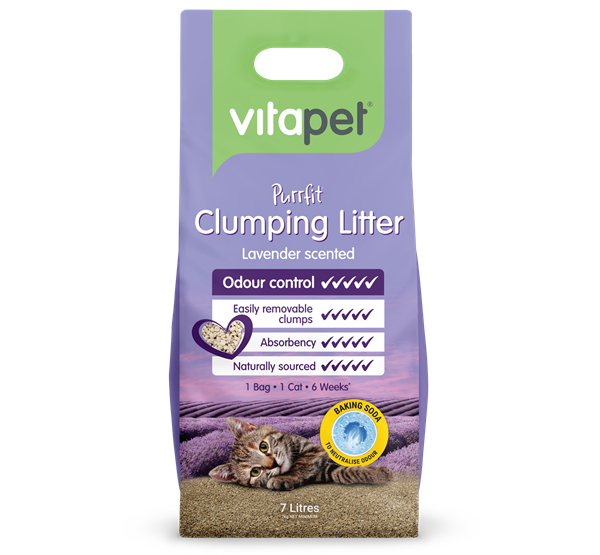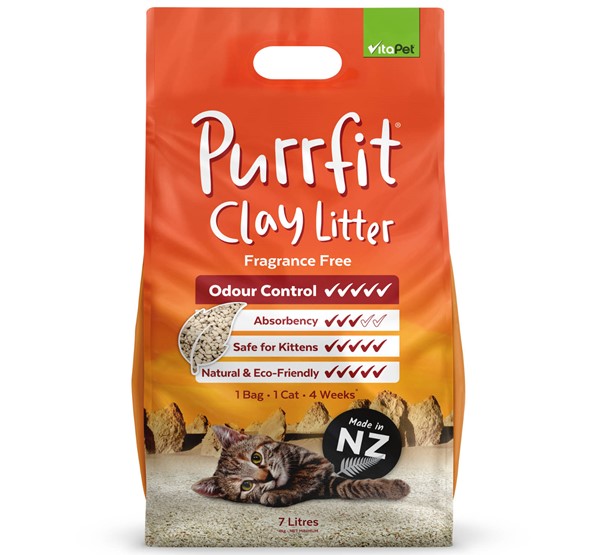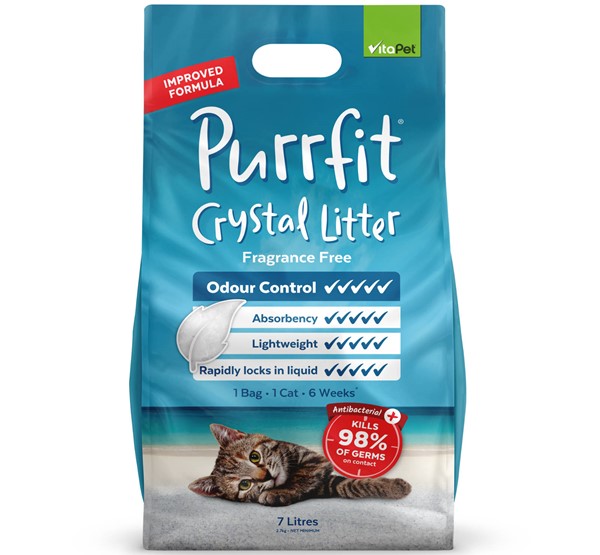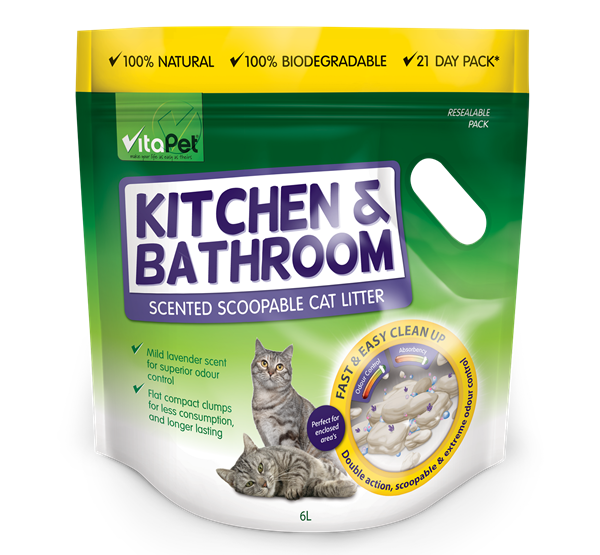Most cats tend to moult towards the end of winter, shedding their thick coats of primary hairs and secondary undercoat, leaving hair everywhere and anywhere throughout their environment. For us cat lovers, a house is not a home without fur in the corners. It’s just part of life. To to add insult to injury, our feline buddies can often cough up a hairball or two just before guests arrive.
While most modern cats clearly prefer to spend the winter snuggled up by the fire, and sometimes their favourite human, they still develop a thicker coat in the cooler months and discard it as summer approaches. To support this perfectly normal process and help support a healthy skin and coat, it’s a good idea to feed a diet that is high in digestible protein, like Black Hawk
The skin remains the largest organ in the body, and it relies on protein (and some important fatty acids) for not only repair, but for every-day maintenance.
As well as providing a balanced diet, there are other practical things you can do to manage the fur-storm. Daily brushing removes excess fur and stimulates the skin and the production of its natural oils, which are distributed through the coat. Brushing may take some training and time to get used to, but is a great way to reduce matting also, and remove the dense undercoat which is closer to the skin. Some cats intensely enjoy being brushed, so it can reinforce the bond between you and your cat.
Brushing and grooming can also help if your cat is inclined to regurgitate hairballs. If more help is needed, a cat laxative paste can be used daily. If hairballs persist, we recommend a call and likely a visit to the vet to see if gut issues are complicating the matter.

